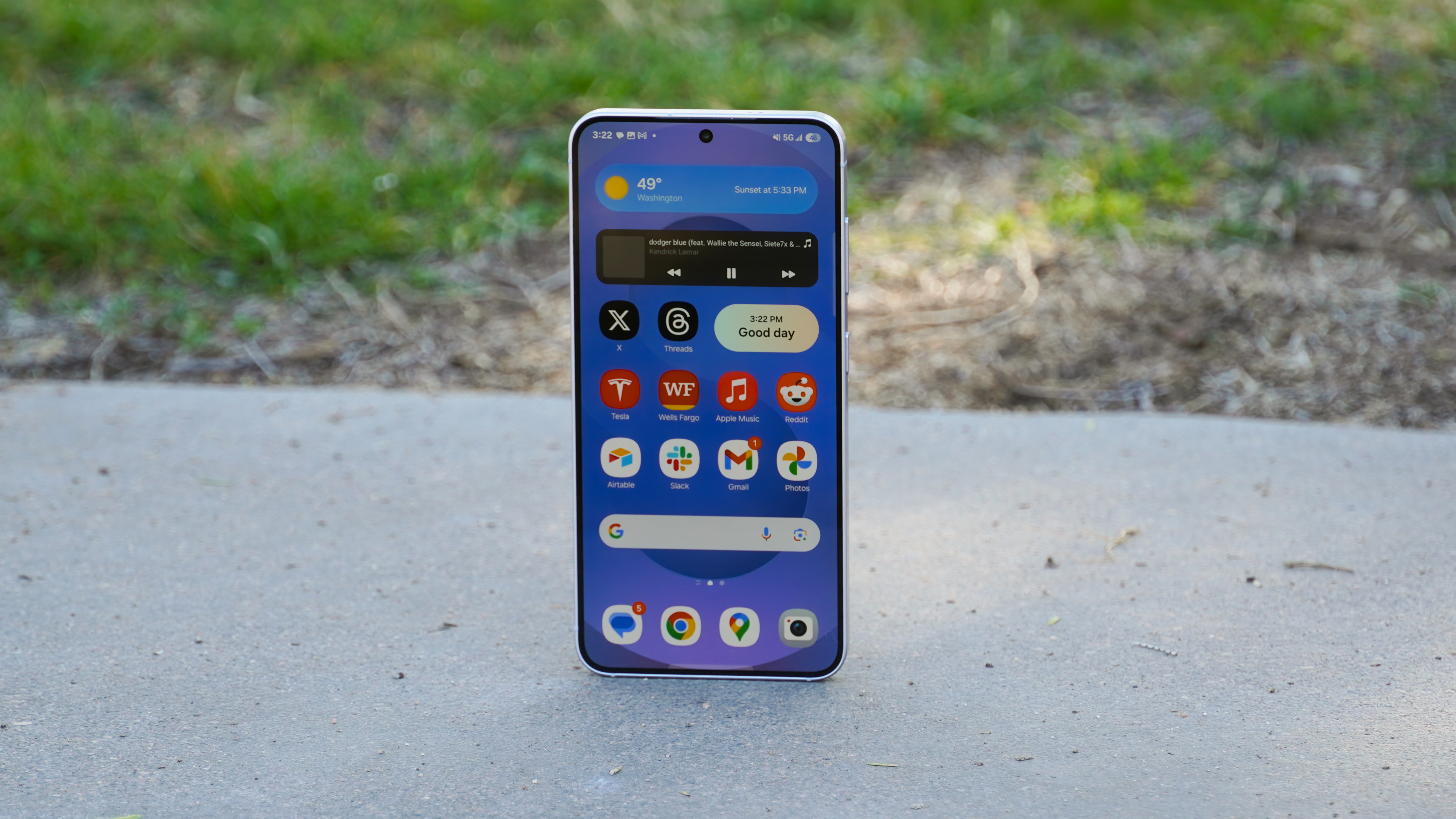Maximize your Verizon experience with these 9 excellent smartphones
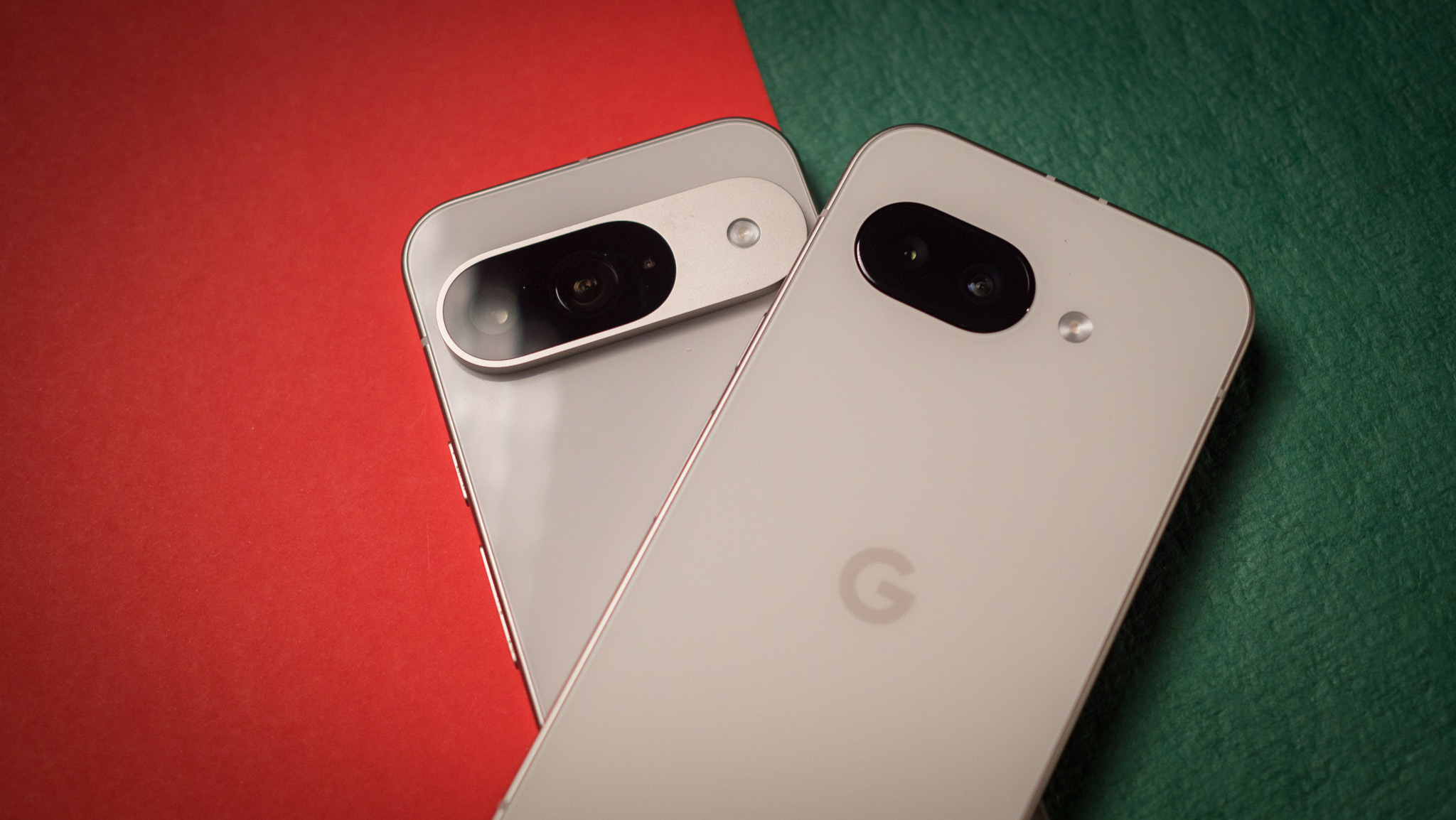
At a glance
1. Best overall
2. Best premium
3. Best foldable
4. Best cameras
5. Best mid-range
6. Best stylus
7. Best budget
8. Best flagship
9. Best durability
How to choose
If you're out shopping for one of the best Verizon phones, you're going to have a truckload of options to choose from. Arguably one of the largest wireless carriers in the world, Verizon offers incredible cellular service across the United States, all thanks to its reliable and constantly improving 5G infrastructure.
Perhaps this is the reason that the finest Verizon-compatible phones also happen to be some of the best Android phones in general. Whether you want a powerhouse flagship like the Samsung Galaxy S25 Ultra, a top-tier foldable like the Motorola Razr Ultra 2025, or even relatively affordable yet feature-laden options such as the Motorola G Stylus (2025) and the Google Pixel 9a, there are numerous options available in the market. Even better, if you have an old smartphone eligible for a trade-in, you can take advantage of the frequent deals and promotions to get yourself a new phone at a very reasonable price. There are also regular BYOD (Bring Your Own Device) discounts you can consider if you prefer getting your smartphones unlocked.
At a glance
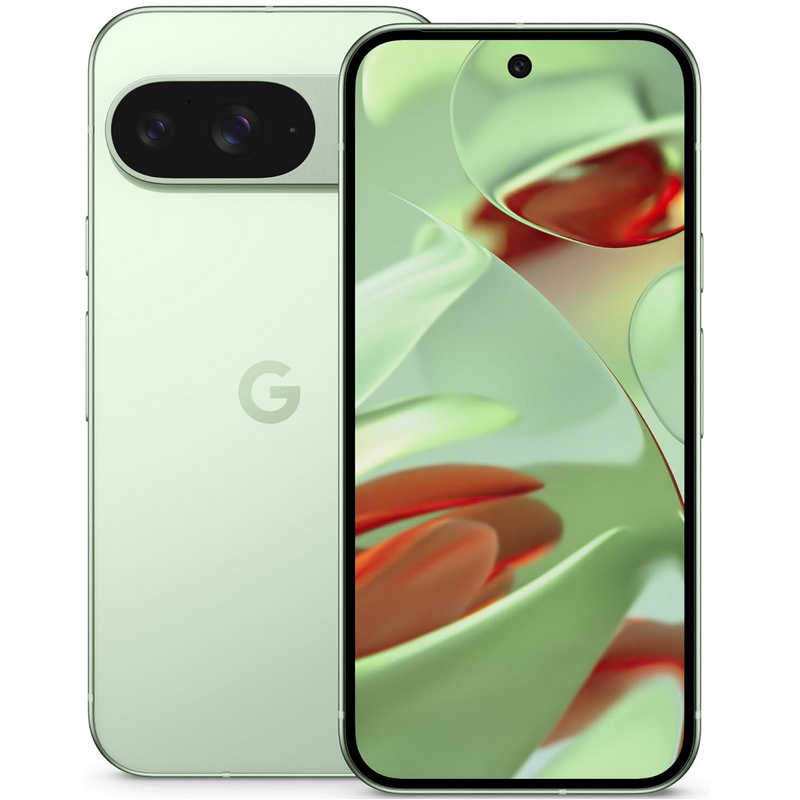
Best overall
The Google Pixel 9 comes with a durable and premium design, a vibrant OLED panel with a 120Hz refresh rate, and an incredible seven years of OS and security updates, all at a fairly competitive price. You also get a wide range of AI-based features that work great.
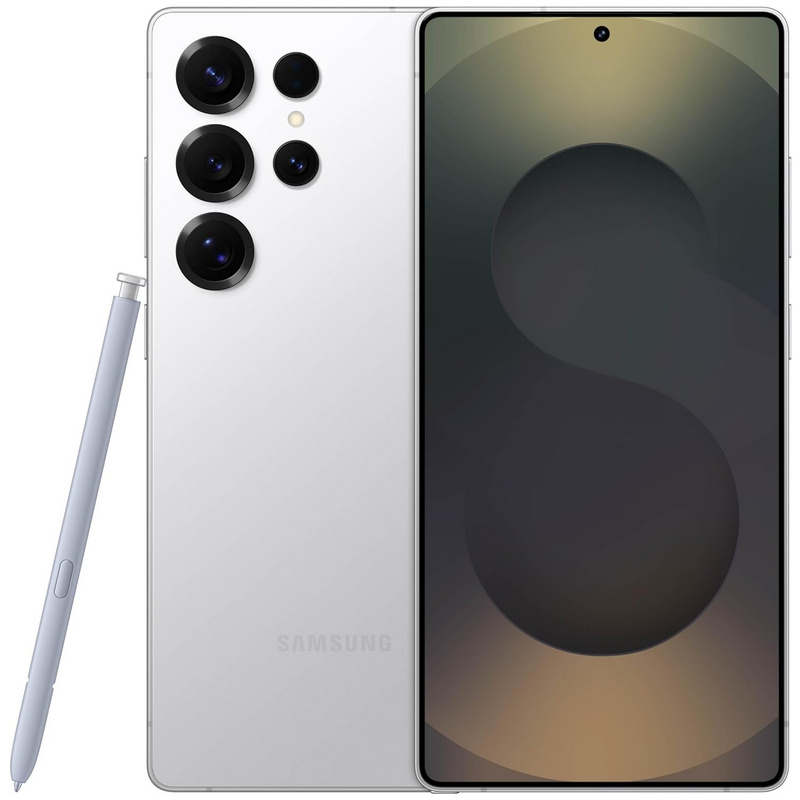
Best premium
From top-of-the-line hardware specifications to a powerhouse quad-lens rear camera system to an industry-best software update commitment, the Samsung Galaxy S25 Ultra is a premium Android smartphone that has it all.
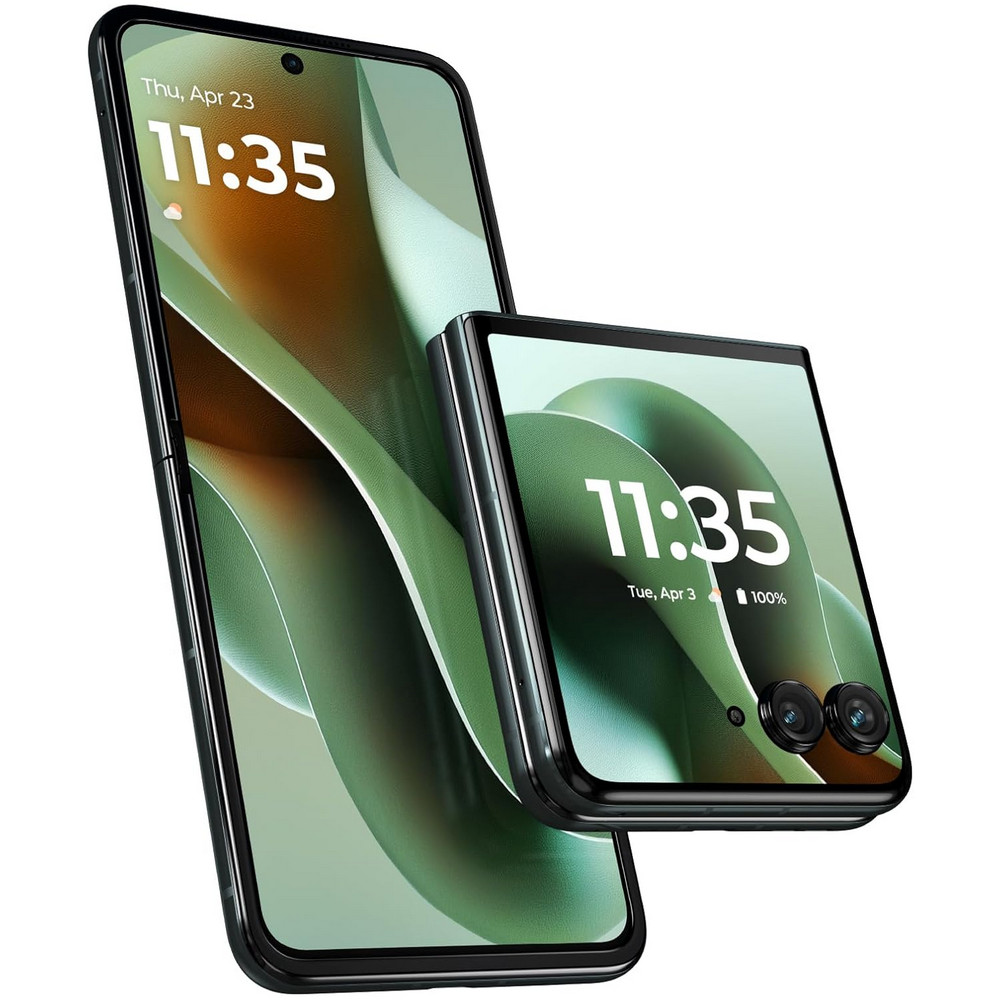
Best foldable
With the Motorola Razr Ultra 2025, you get a top-tier foldable smartphone that can go against the best flagships out there. It features two gorgeous displays, feature-laden software with lots of AI-based tools, incredible battery life, and a whole lot more.
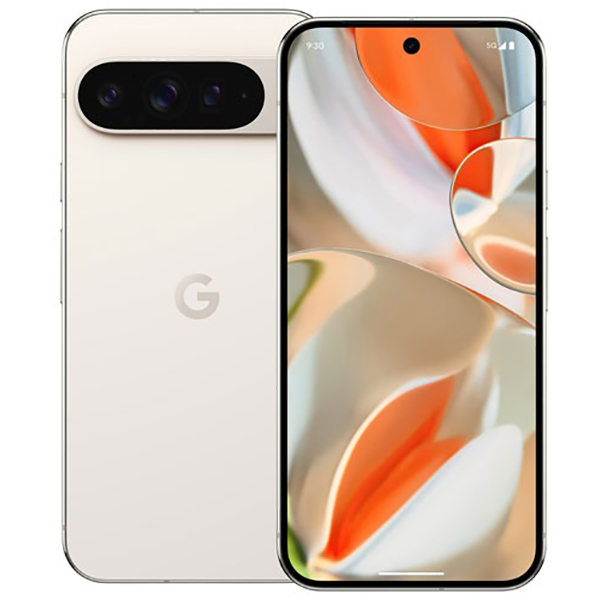
Best cameras
The Google Pixel 9 Pro is arguably the most loaded compact Android phone you can get in the market. It has a stunning 6.3-inch LTPO AMOLED screen, best-in-class software support, and a versatile triple-lens primary camera setup.
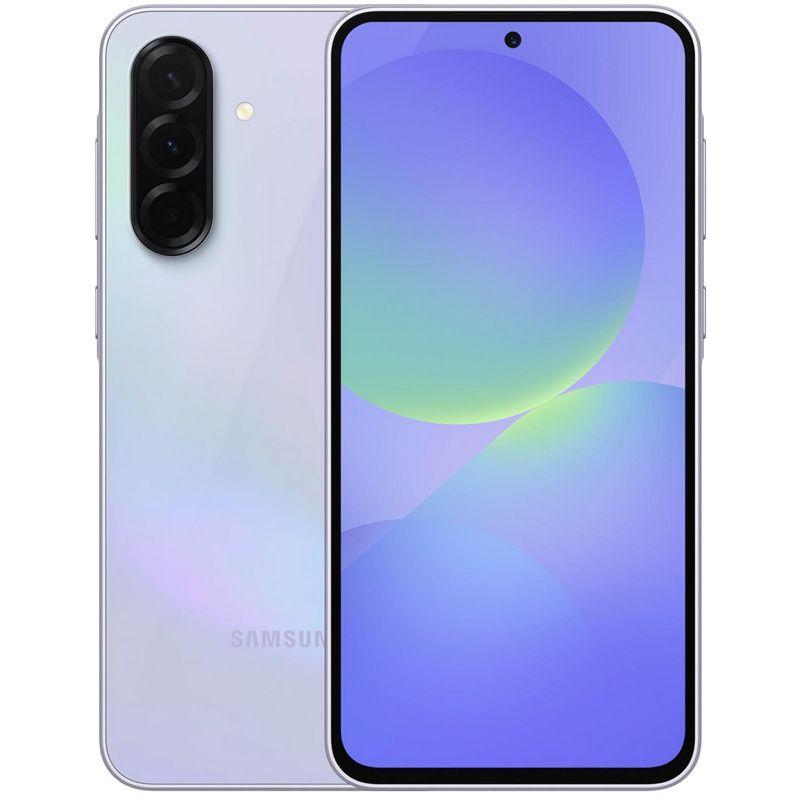
Best mid-range
Having a 6.7-inch Super AMOLED screen, IP67 certification for dust and water resistance, all essential connectivity options, and six years of OS and security updates, the Samsung Galaxy A36 5G gives you a lot of bang for your bucks.

Best stylus
Despite its incredibly affordable price, the Motorola G Stylus (2025) somehow manages to pack thoughtful features like an expansion slot, a 3.5mm audio slot, fast wired charging, wireless charging, and even a useful built-in stylus.
Load the next 3 products ↓
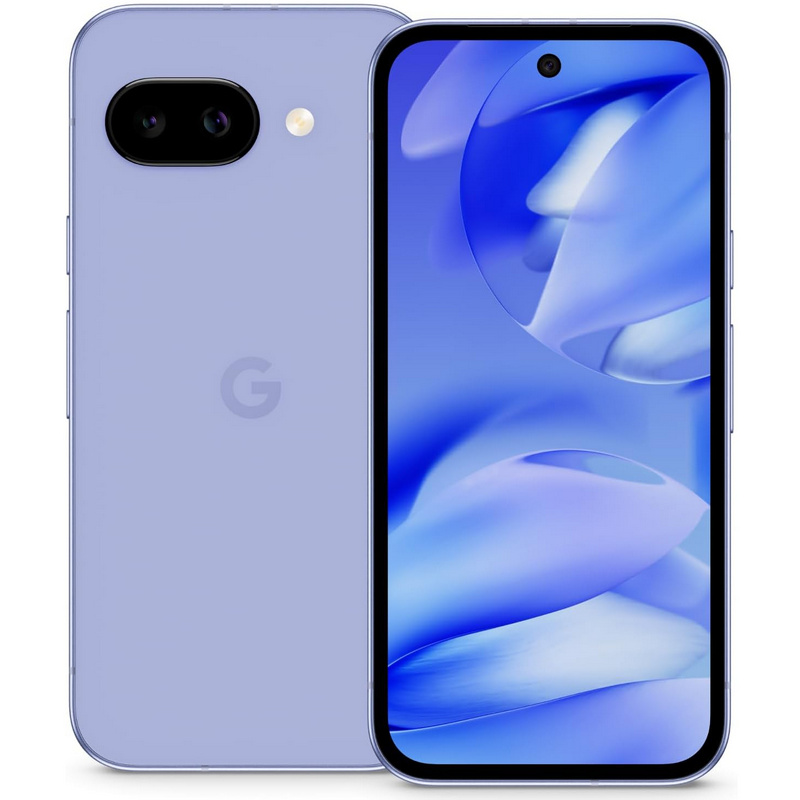
Best budget
The Google Pixel 9a is a well-balanced mid-range smartphone that comes with a laundry list of features such as top-tier cameras, solid performance, a versatile software experience with a wide range of AI-powered tools and utilities, years of updates, and so much more.
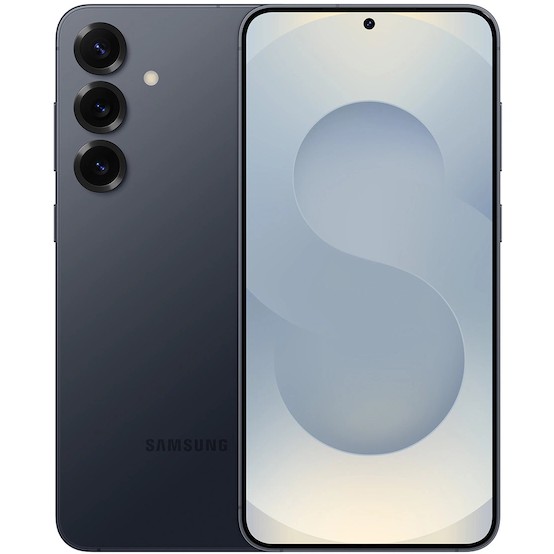
Best flagship
If you want a well-rounded and feature-laden Android flagship that'll serve you for years to come, go for the Samsung Galaxy S25 Plus. It has a gorgeous design, powerful hardware, incredible software, and awesome battery endurance.
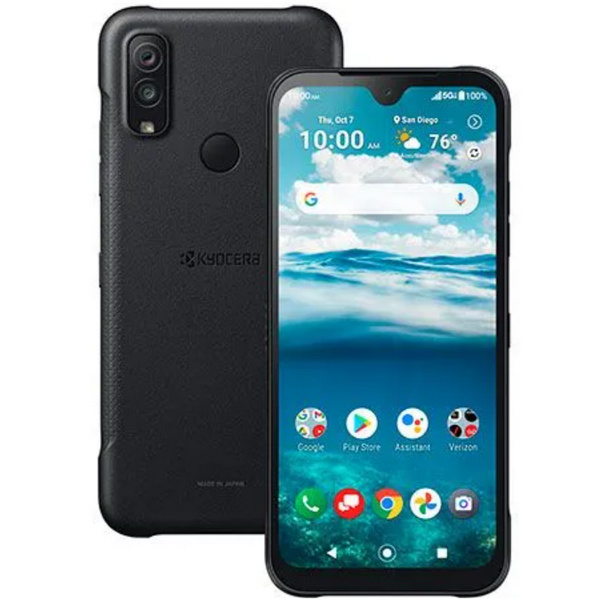
Best durability
The durable Kyocera DuraSport 5G UW isn't designed to be fast; it's designed to be tough. It has an IP68 water and dust resistance rating, an MIL-STD-810H drop rating, and a fairly large battery that should easily make it through a day of work without any issues.
Best overall
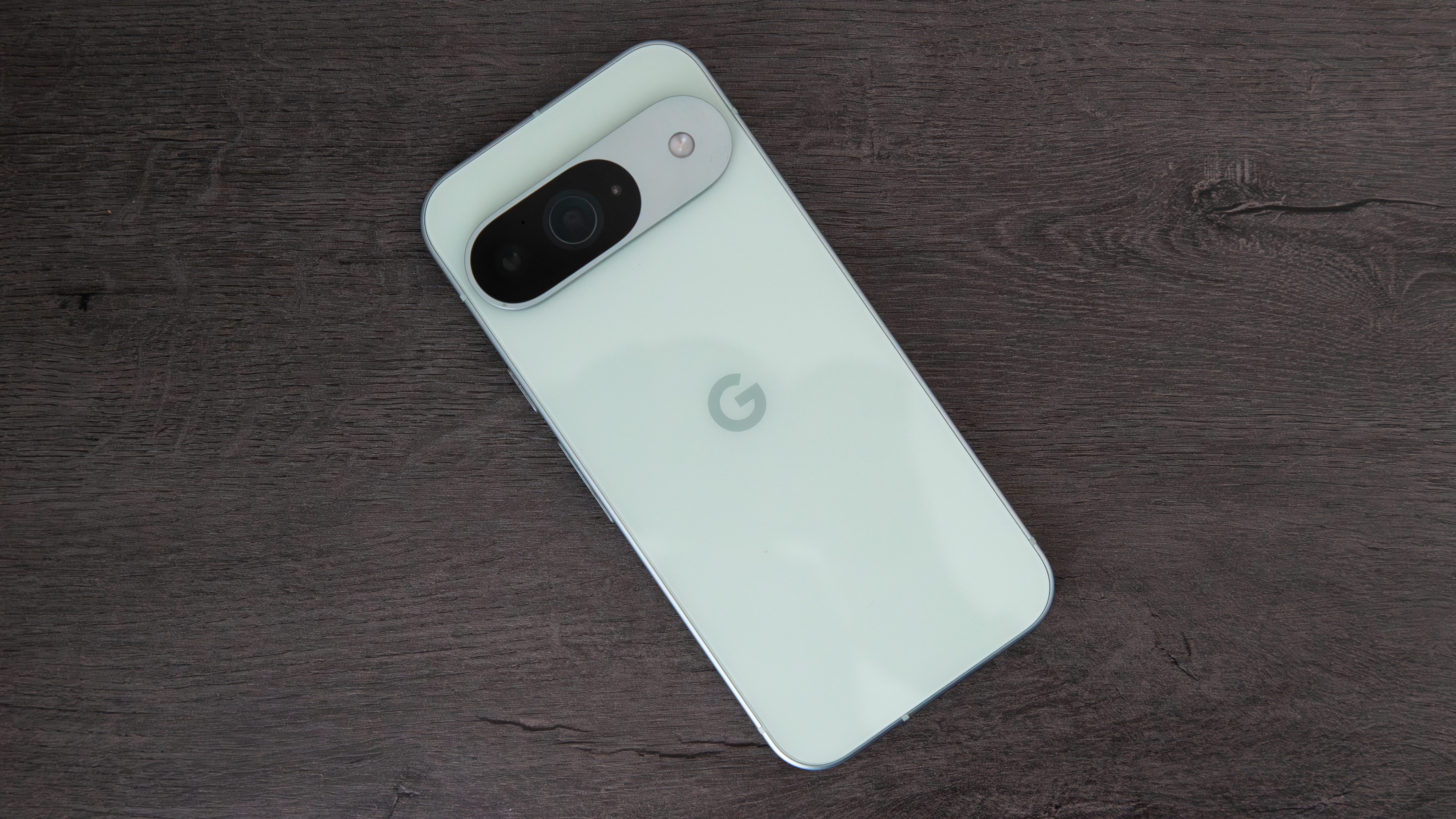
Specifications
Reasons to buy
Reasons to avoid
Powerful and stylish in equal measure, the Google Pixel 9 is arguably the best Android phone available out in the market right now. Compared to its predecessor, it sports a refined, squared-off design with flat sides. You get a vibrant 6.3-inch OLED panel with a resolution of 1080x2424 pixels up front, along with a 120Hz refresh rate. The screen is also protected with a layer of Corning Gorilla Glass Victus 2.
Under the hood, the Pixel 9 has Google's brand-new Tensor G4 SoC, along with 12GB of RAM and 128GB/256GB of internal storage. And this hardware's not only capable of handling everyday tasks with ease, but also allows the smartphone's integrated AI-powered features (e.g., Magic Editor) to work their magic. Running Android 14 out of the box, the Pixel 9 is guaranteed to get up to seven years of OS and security updates.
Talking about cameras, there's a dual-lens primary camera setup with a 50MP primary sensor and a 48MP ultrawide module, and it's capable of shooting awesome photos and videos. All major connectivity and I/O options—including everything from Wi-Fi 7 and Bluetooth 5.3 to NFC and USB-C 3.2—are accounted for. Google Pixel 9 is backed by a 4,700mAh battery with support for (up to) 27W wired charging and 15W wireless charging.
Best premium
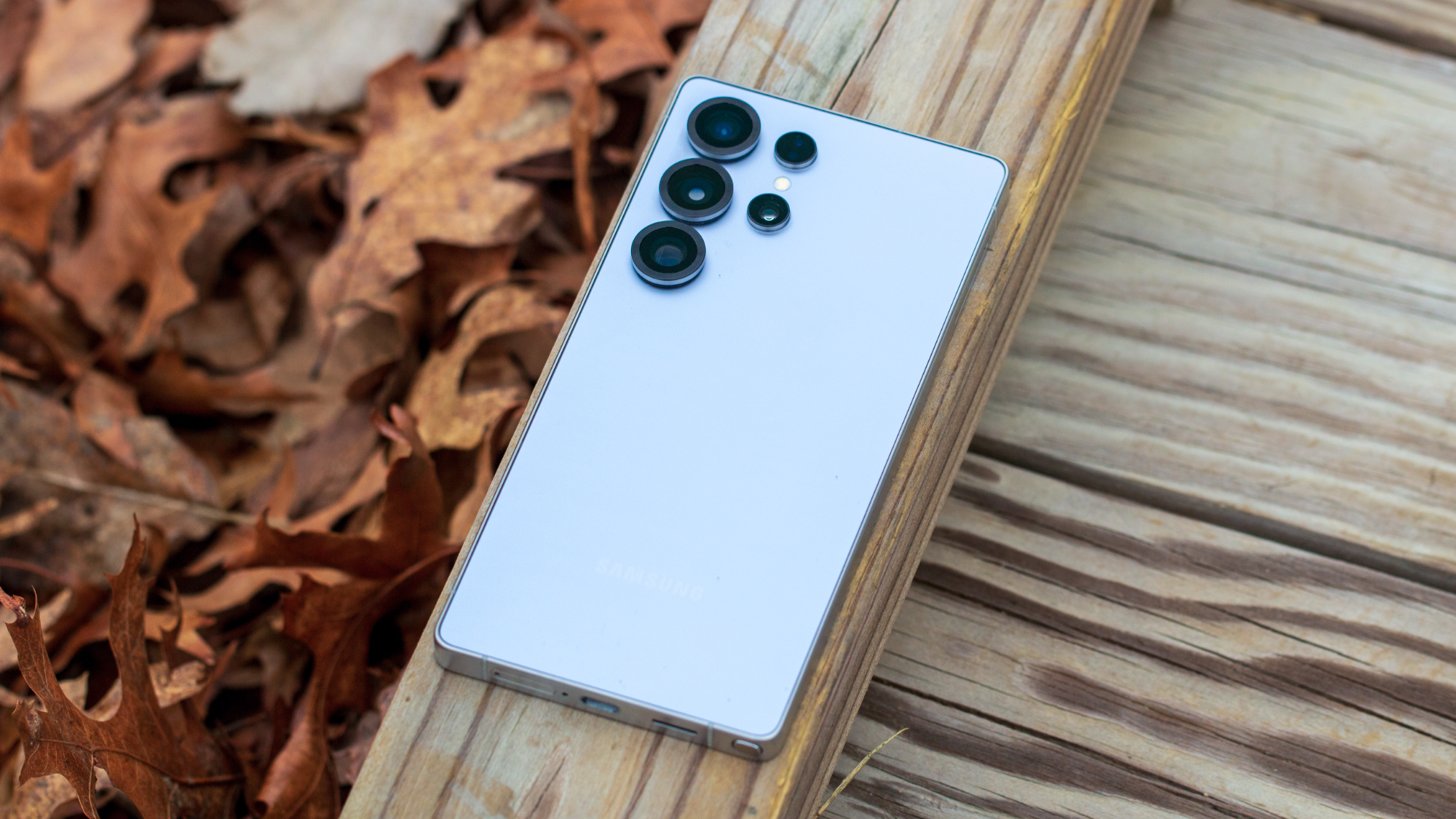
Specifications
Reasons to buy
Reasons to avoid
Packed with more features than you're probably going to need, the Samsung Galaxy S25 Ultra is undeniably the best premium Android smartphone (at least, with the candybar form factor) money can buy. It comes with a slightly refined design over its predecessor, with rounded corners, and sports a gorgeous 6.9-inch Dynamic AMOLED panel that's perfect for everything from media consumption to gaming. Of course, you get full S Pen support as well, even if there's no Bluetooth functionality this time around.
The Galaxy S25 Ultra is powered by a Qualcomm Snapdragon 8 Elite SoC, along with 12GB of RAM and up to a 1TB of onboard storage. As such, this smartphone can handle even the most demanding of workflows with little to no effort. You get Android 15 (with One UI 7) out of the box, and with seven years of OS and security updates guaranteed, this is a phone that you can keep using for years to come.
In terms of cameras, the Samsung Galaxy S25 Ultra packs a versatile quad-lens rear camera system with a 200MP primary sensor, a 10MP telephoto lens with 3x optical zoom, a 50MP periscope telephoto module with 5x optical zoom, and a 50MP ultrawide unit. All essential connectivity and I/O features are included as well, and the entire package is backed by a 5,000mAh battery with wired and wireless charging support.
Best foldable
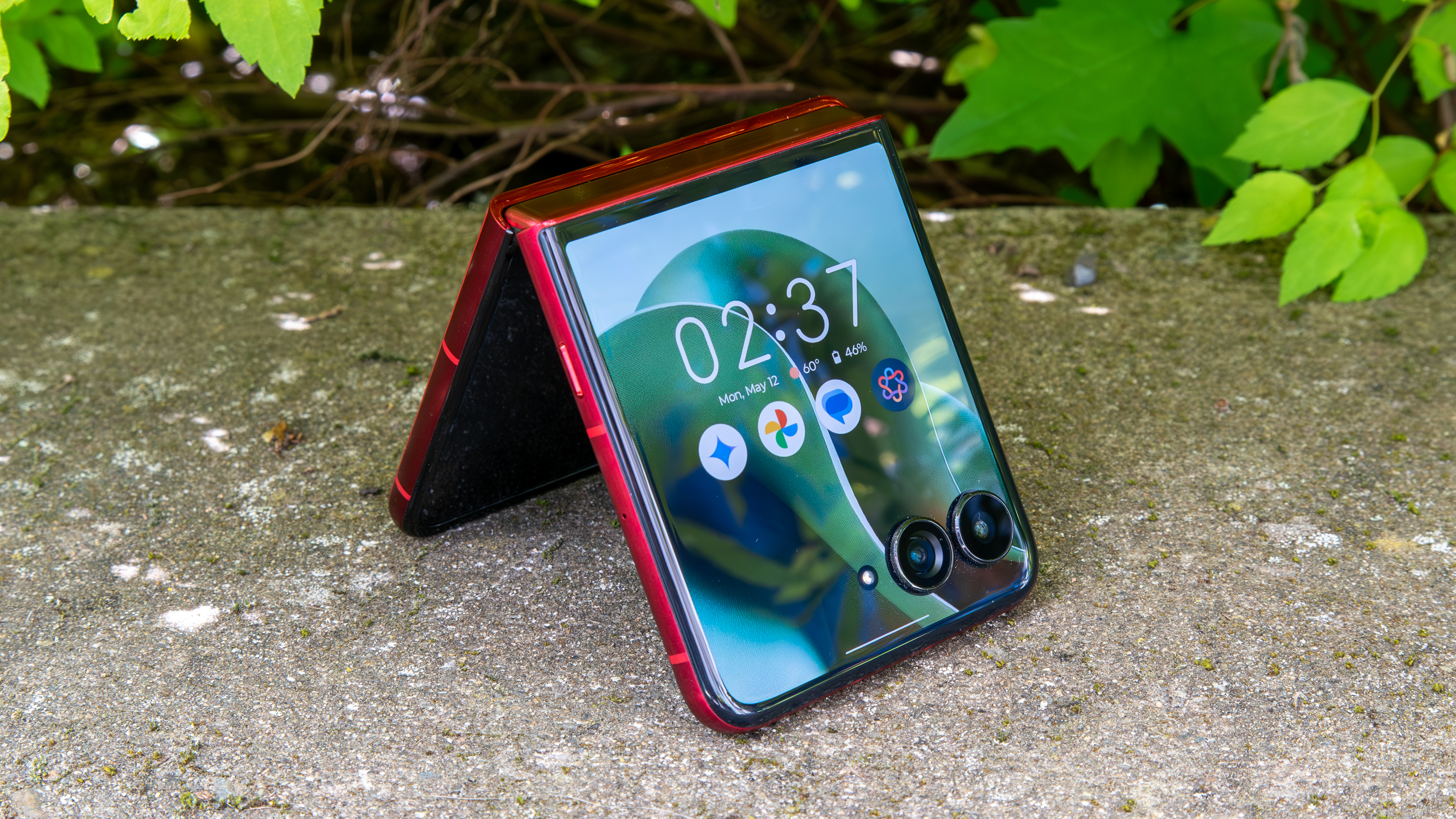
Specifications
Reasons to buy
Reasons to avoid
Motorola has been making flip-style foldables for a while now, and the Razr Ultra 2025 is the finest offering from the company. Available in a variety of finishes (e.g., wood, Alcantara), this is a smartphone that looks as incredible as it performs, if not better. The primary display is a foldable 7.0-inch LTPO AMOLED panel, and it's well complemented by the secondary 4.0-inch LTPO AMOLED screen that's now better than ever. Both displays can get really bright and have a 165Hz refresh rate for super-smooth interactions.
Having hardware specifications that can put many of the best Android phones to shame, the Motorola Razr Ultra 2025 is driven by a Qualcomm Snapdragon 8 Elite chipset. You also get 16GB of RAM and up to 1TB of internal storage, so everything works flawlessly. The smartphone runs Android 15 (with Motorola's Hello UI overlay) out of the box, although the three years of OS and four years of security updates are not what you'd expect from a flagship device such as this.
For photos and videos, the Motorola Razr Ultra 2025 features a dual-lens primary camera setup with a 50MP wide-angle sensor and a 50MP ultrawide module. The 4,700mAh battery ensures you can keep using this thing throughout the day, and there's support for fast wired and wireless charging as well.
Best cameras

Specifications
Reasons to buy
Reasons to avoid
Google's smartphones are (and have always been) known for having some really class-leading photography chops, and the Pixel 9 Pro takes things to the next level. Having a premium, all-glass construction with a flat aluminum frame, it comes with an IP68 rating for solid ingress protection. The smartphone's 6.3-inch LTPO OLED screen is a visual delight, featuring a resolution of 1280x2856 pixels and a 120Hz variable refresh rate.
Driven by Google's all-new Tensor G4 SoC, the Pixel 9 Pro comes packs 16GB of RAM and up to a 1TB of onboard storage. Unsurprisingly, the smartphone can make quick work of even the most demanding of workflows, with little to no effort. The device has Android 14 out of the box, along with a promise of up to seven years of major OS and security updates.
It should come as no surprise that the Pixel 9 Pro's biggest highlight are its cameras. Housed in the redesigned camera island, the triple-lens rear camera setup comprises a 50MP primary sensor, a 48MP ultrawide module, as well as a 48MP telephoto unit with 5x optical zoom. Google Pixel 9 Pro also gets a plethora of AI-based features (e.g., Gemini, Circle to Search), satellite connectivity, and much more. The whole package is backed by a 4,700mAh battery with both wired and wireless charging support.
Best mid-range

Specifications
Reasons to buy
Reasons to avoid
Samsung has made quite a name for itself in the mid-range segment, primarily because of its A-series of phones that deliver amazing value for money. One of the newer members of the line-up is the Galaxy A36 5G, and it's no different. It's among the best cheap Android phones you can currently get, especially if you prefer a Galaxy device.
Featuring a 6.7-inch Super AMOLED screen with a 120Hz refresh rate, the Samsung Galaxy A36 5G is ideal for multimedia consumption. It's powered by Qualcomm's Snapdragon 6 Gen 3 chipset and features 6GB of RAM, along with up to 256GB of internal storage. These hardware specifications are sufficient for daily tasks such as web browsing, video calls, and even some gaming. The smartphone runs Android 15 (with One UI 7) out of the box, and with six years of OS and security updates guaranteed, is perfect for anyone who likes to keep their devices for a long time.
The triple-lens camera system on the Galaxy A36 5G isn't super impressive, but you can still capture solid photos and videos in all kinds of lighting conditions. There's a 50MP wide-angle sensor, an 8MP ultrawide module, and a 5MP macro unit. All essential features such as NFC, stereo speakers, and a 5,000mAh battery with fast wire charging are also included in the mix.
Best stylus
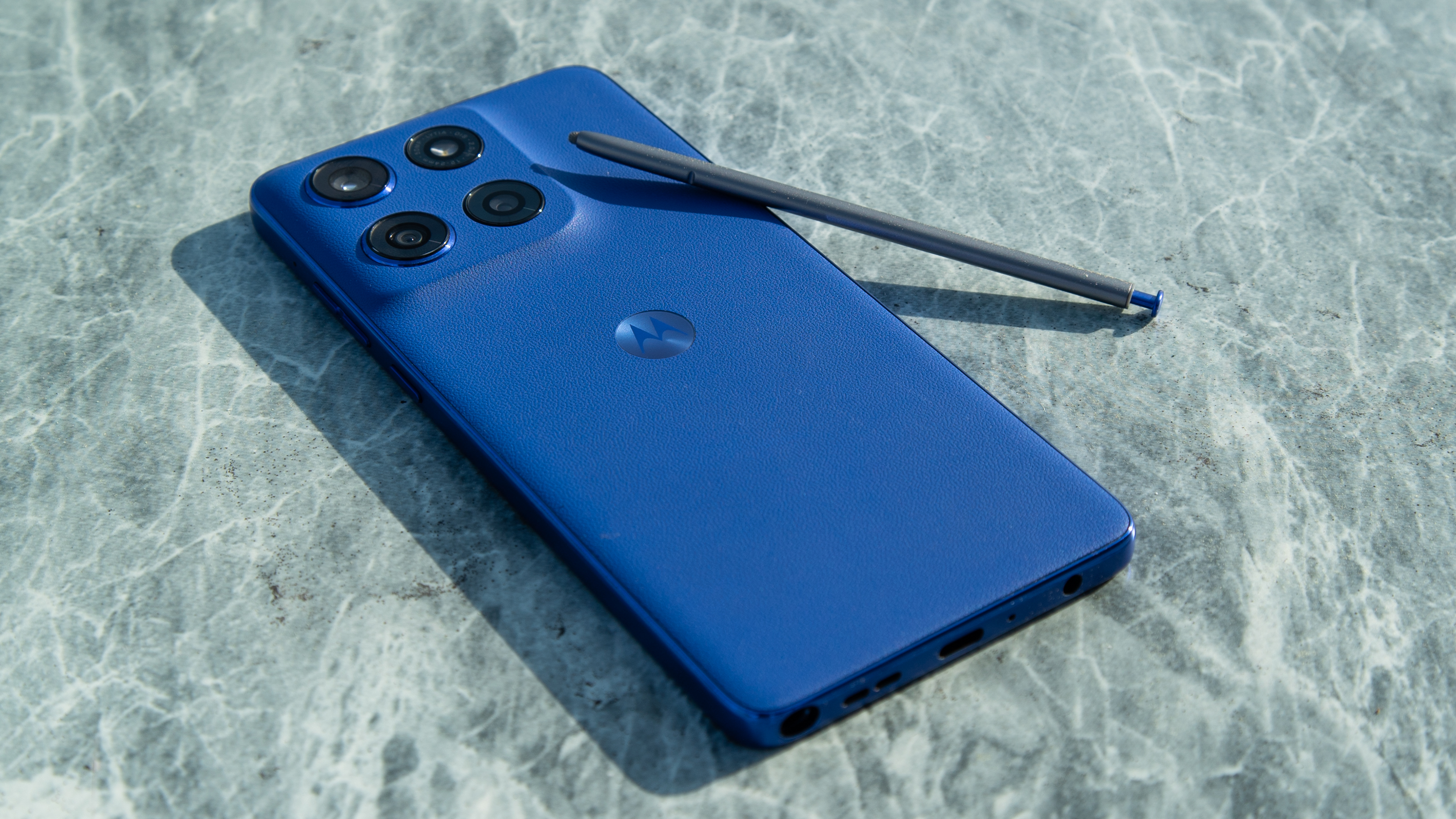
Specifications
Reasons to buy
Reasons to avoid
If there's one thing that the Motorola Moto G Stylus (2025) proves, it's that you don't need to shell out a fortune to have a well-rounded Android smartphone these days. Loaded with a plethora of thoughtful features, this smartphone completely belies its humble $400 price tag. There's a 6.7-inch AMOLED screen up front, complete with peak brightness of up to 3,000 nits and a 120Hz refresh rate. And as the name suggests, the phone comes with an integrated stylus that lets you doodle, take notes, and do a lot more on that vibrant panel.
Being a mid-range device, the Moto G Stylus (2025) comes with modest hardware specifications. You get a Qualcomm Snapdragon 6 Gen 3 SoC under the hood, along with 8GB of RAM and up to 256GB of onboard storage. Oh, and there's also a microSD card slot, so you can carry all your important files and your entire media library with you. The smartphone runs Android 15 (with Hello UI overlay) out of the box and will receive two years of OS and three years of security updates.
The dual-lens rear camera array of the Motorola Moto G Stylus (2025) is comprised of a 50MP primary sensor and a 13MP ultrawide lens. More importantly, the phone packs a lot of practical features such as NFC, stereo speakers, a 3.5mm audio port, and a 5,000mAh battery with 68W wired charging. Oh, and did we mention that there's wireless charging included as well?
Best budget
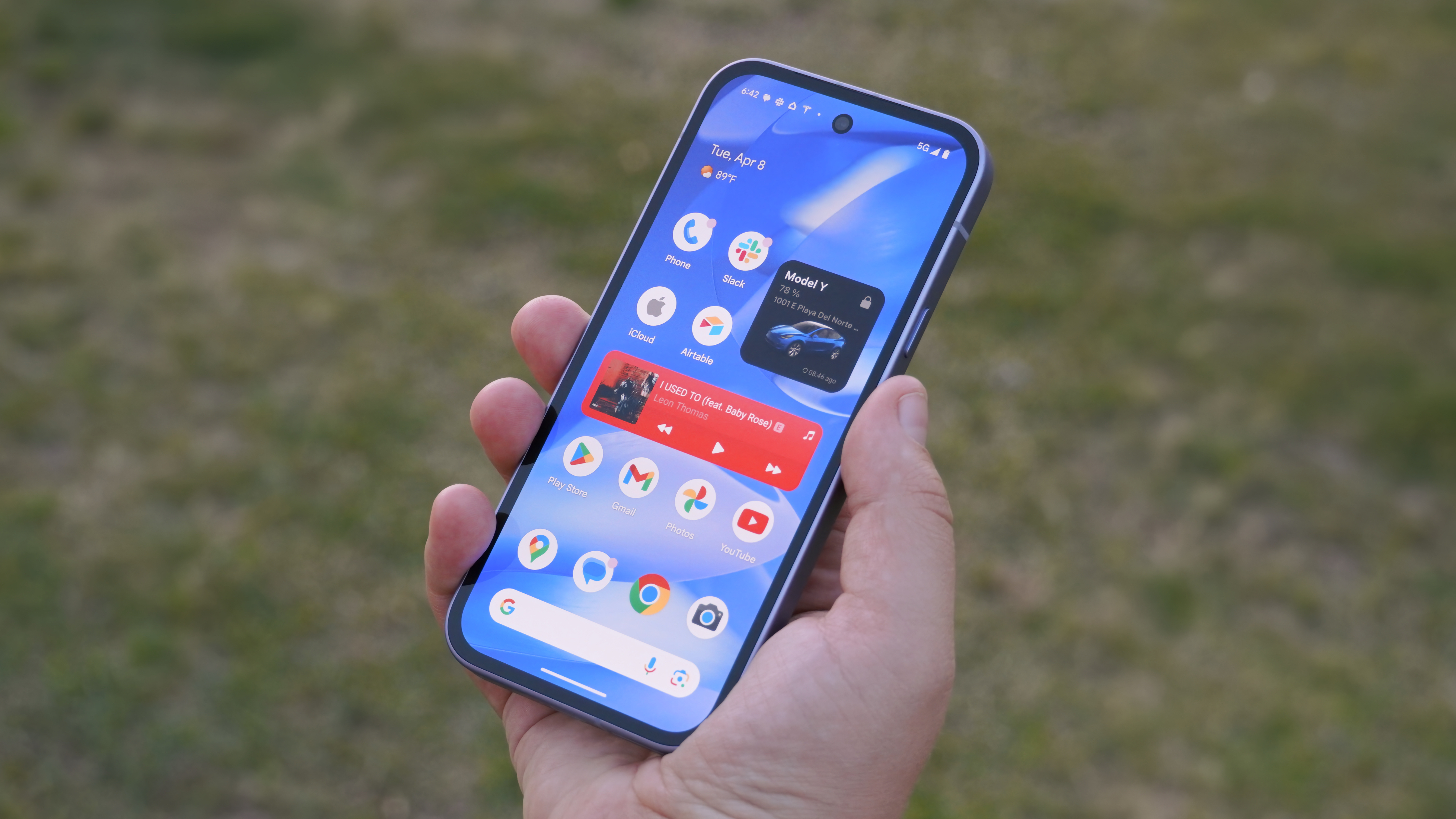
Specifications
Reasons to buy
Reasons to avoid
If you want a feature-laden Android smartphone that's not going to break the bank, look no further than the Google Pixel 9a. As the newest member of the Pixel 9 series, it comes with a laundry list of incredible goodies, all while still having a fairly reasonable $499 price tag.
The Pixel 9a sports a 6.3-inch pOLED screen that can hit a peak brightness of up to 2,700 nits and sports a 120Hz refresh rate. Under the hood, you get Google's Tensor G4 chipset (just like the rest of the Pixel 9 line-up), along with 8GB of RAM and up to 256GB of internal storage. Combine that with the optimized Android 15, and this is a phone that can effortlessly handle everyday tasks, and even things like lightweight gaming. Speaking of software, there are a plethora of AI-powered tools (e.g., Gemini, Magic Editor) for you to play around with, and a promise of seven years of OS and security updates.
As you'd expect from a Google smartphone, the Google Pixel 9a is one of the best Android camera phones out there and can easily go against devices that cost hundreds of dollars more. It comes with a dual-lens primary camera system with a 48MP wide-angle sensor and a 13MP ultrawide module. Among other notable features are stereo speakers, an under-display fingerprint sensor, NFC, and a 5,100mAh battery with both wired and wireless charging support.
Best flagship
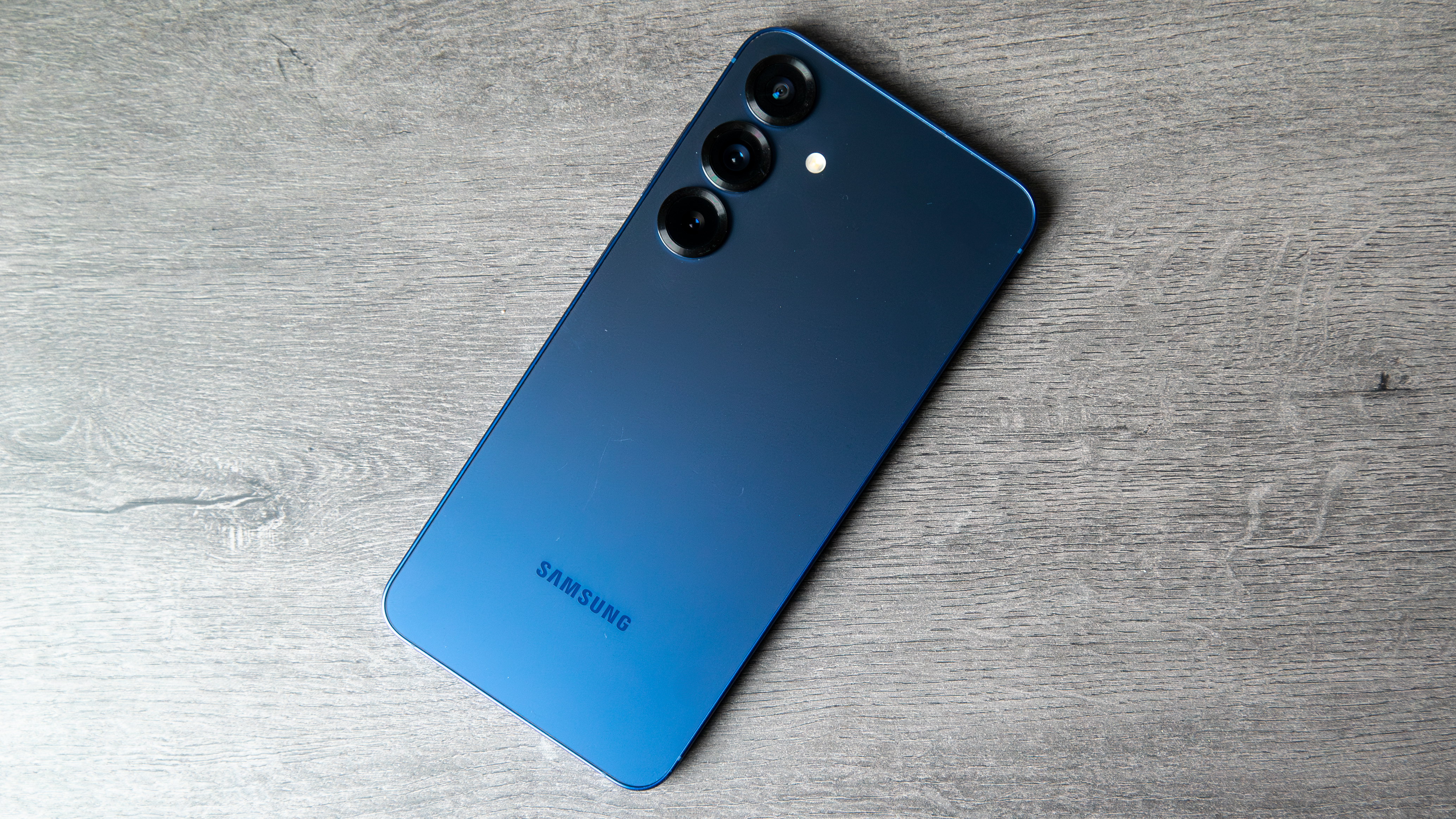
Specifications
Reasons to buy
Reasons to avoid
Arguably the most balanced flagship Android smartphone currently available in the market, the Samsung Galaxy S25 Plus is a whole lot more than just a bigger version of the standard Samsung Galaxy S25. Its 6.7-inch LTPO Dynamic AMOLED panel is surrounded by super-thin bezels, making for a phone that feels quite easy to handle despite its significant physical footprint.
The hardware specifications are what you'd expect from a top-tier Android flagship, with a Qualcomm Snapdragon 8 Elite SoC leading the charge. You also get 12GB of RAM and up to 512GB of onboard storage, so the smartphone can make quick work of everything from split-screen multitasking to some of the best Android games without breaking a sweat. The software experience is fabulous, with Android 15 (and Samsung's One UI 7 overlay) enabling a multitude of AI-based features and customization options, and the device is slated to receive seven years of OS and security updates as well.
Coming to cameras, the Samsung Galaxy S25 Plus features a triple-lens rear camera setup with a 50MP primary sensor, a 10MP telephoto lens with 3x optical zoom, and a 12MP ultrawide module. Some other features worth noting are NFC, DeX (wired and wireless) support, and a fast ultrasonic under-display fingerprint sensor. The phone is backed by a 4,900mAh battery that allows for all-day usage, and you get Qi2 support as well.
Best durability
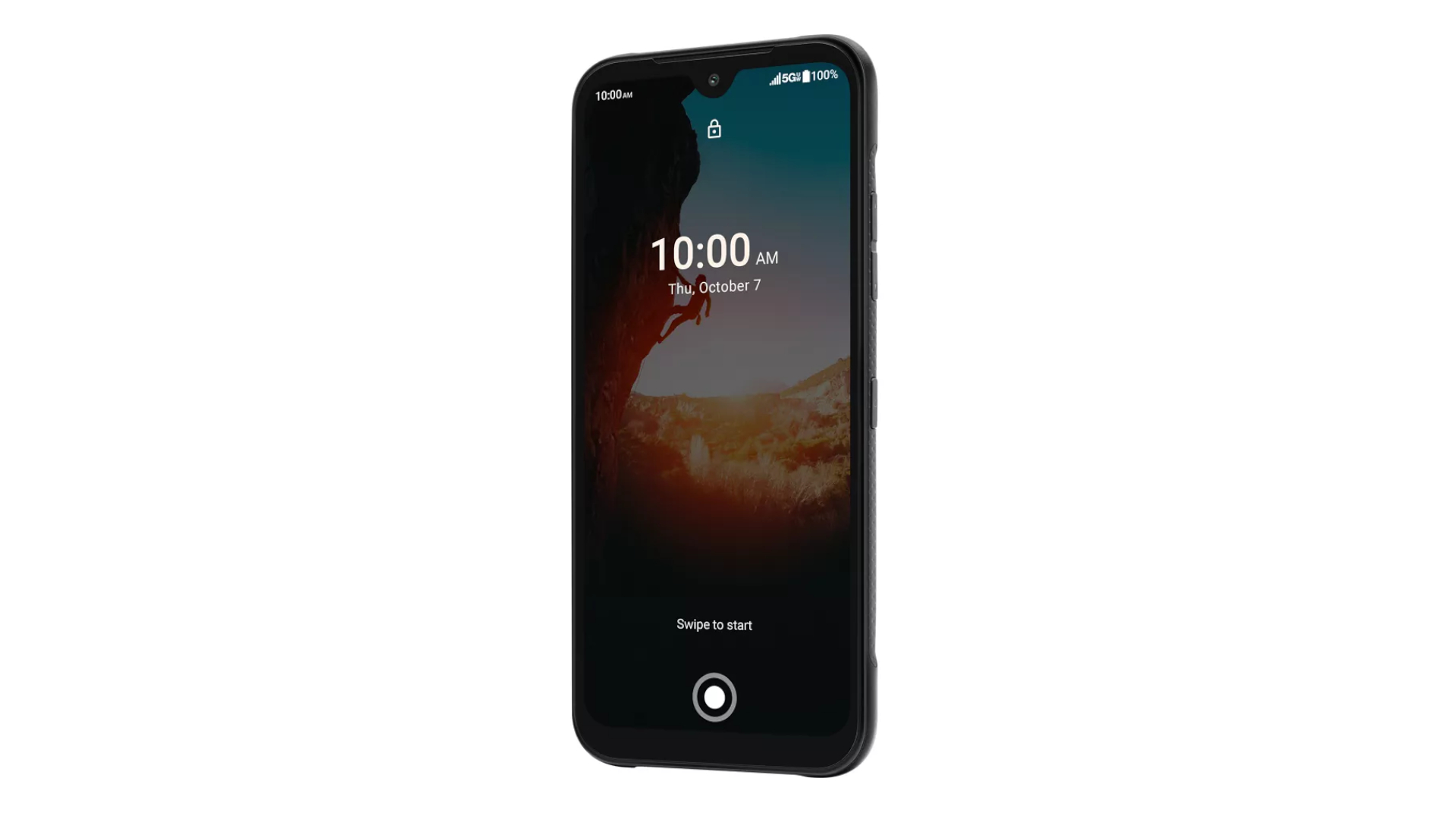
9. Kyocera DuraSport 5G UW
Our expert review:
Specifications
Reasons to buy
Reasons to avoid
Performance is one of the most important factors to take into consideration when we are selecting a phone. And sometimes, where that performance matters the most is in terms of practicality. While the Kyocera DuraSport 5G UW isn't really the fastest phone in technical performance, it’s arguably one of the most durable devices you can get.
The DuraSport 5G UW has an IP68 rating, meaning it’s not only highly resistant to dust but can also be submerged at 6.5 feet of water for up to 30 minutes. It also sports an MIL-STD-810H drop rating and can withstand up to 5-foot falls on concrete.
While the focus might be on its durability, the phone still has enough power for daily tasks thanks to its Snapdragon 480 5G chipset. And it does, of course, have 5G support on Verizon’s network. The in-built storage is not a lot at 64GB, but you do get support for some of the best microSD cards via the integrated expansion slot.
How to choose
What are the best Verizon phones?
Why you can trust Android Central
Verizon supports majority of the best Android phones out there if you want to buy one unlocked. On the other hand, if you want to purchase the phone from Verizon, you can either pay the full price to get it from the carrier or opt for monthly payments on your bill. The latter is required for some discounts, so it can be worth it. However, with the multi-month payment plans being the only option, you might find yourself paying the device off early if you like to upgrade frequently.
The Google Pixel 9 is priced like a mid-range phone but stands toe-to-toe with some of the best phones in the market. The Tensor G4 SoC offers solid everyday performance, and the camera hardware works incredibly well with the software to provide top-of-the-line photos with vibrant colors.
The Motorola Razr Ultra 2025 is hands down the most powerful compact foldable in the market right now. It has hardware specifications comparable to the best-in-class flagships, and the feature-laden software lets you use the outer display just as well as the inner screen. However, it's quite expensive, and if you don't feel like spending that much cash on a flip-style foldable, you can get the Samsung Galaxy S25 Ultra instead. Having more features than you can shake a stick at, it's a premium combination of blazing-fast hardware and feature-packed software. Conversely, the Google Pixel 9a and the Moto G Stylus (2025) are affordable smartphones that pack a laundry list of practical features, and are a great way if you want to enjoy Verizon's network without shelling out a fortune for a top-of-the-line smartphone.
Get the latest news from Android Central, your trusted companion in the world of Android

When Samuel is not writing about networking or 5G at Android Central, he spends most of his time researching computer components and obsessing over what CPU goes into the ultimate Windows 98 computer. It's the Pentium 3.
- Rajat SharmaContributor
- Andrew MyrickSenior Editor — Smartphones (North America), Chromebooks & Tablets
- Patrick FarmereCommerce Editor
